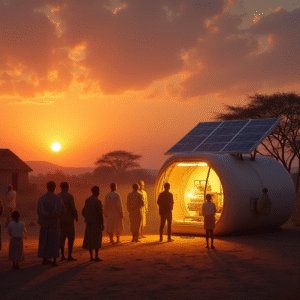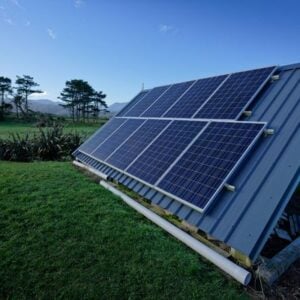India’s investment in Mongolia’s solar energy sector marks a major milestone in Mongolia’s efforts to diversify its energy sources and reduce its dependence on coal. Currently, about 90% of Mongolia’s electricity is generated from a single coal-fired power plant. The new solar power plant, backed by Indian funding and technology, represents a crucial step toward cleaner energy production and sustainable development in the country.
The partnership between India and Mongolia is central to this renewable energy transition. India has extended a soft loan of $1 billion to support Mongolia’s solar project and other infrastructure developments. This initiative reflects the growing diplomatic and economic ties between the two nations, as well as their shared commitment to advancing renewable energy. The project supports Mongolia’s national energy strategy, which aims to increase renewable energy’s share in the grid to 20% by 2025 and 30% by 2030, helping to significantly lower carbon emissions.
Once completed, the solar power plant is expected to generate 50 megawatts of clean electricity, easing the pressure on the country’s aging coal infrastructure. This will not only help meet the rising electricity demand but also contribute to reducing air pollution, especially in Ulaanbaatar, which suffers from severe winter smog. Economically, the project is set to create employment opportunities in construction, maintenance, and operations, while reducing Mongolia’s reliance on imported fossil fuels and stabilizing long-term energy costs.
Beyond financing, the collaboration emphasizes technology transfer and local capacity building. Indian companies will train Mongolian engineers and technicians in solar energy management, manufacturing, and grid integration. This knowledge exchange ensures that Mongolia develops the technical expertise needed for future renewable energy projects and strengthens its position as an emerging clean energy hub in Asia.
Despite the progress, Mongolia still faces challenges such as harsh winters and variable sunlight, which can affect solar efficiency. However, advancements in solar technology and the potential use of energy storage solutions could help overcome these barriers. With global renewable capacity expected to double by 2030, Mongolia is well-positioned to benefit from this trend. The country is also exploring its wind and hydropower potential, particularly in the Gobi Desert, to complement its solar initiatives.
India’s investment in Mongolia’s solar plant is a landmark in their bilateral cooperation and a vital step in Mongolia’s clean energy journey. The project promises to enhance energy security, create jobs, and reduce greenhouse gas emissions, setting a strong foundation for Mongolia’s renewable future.







